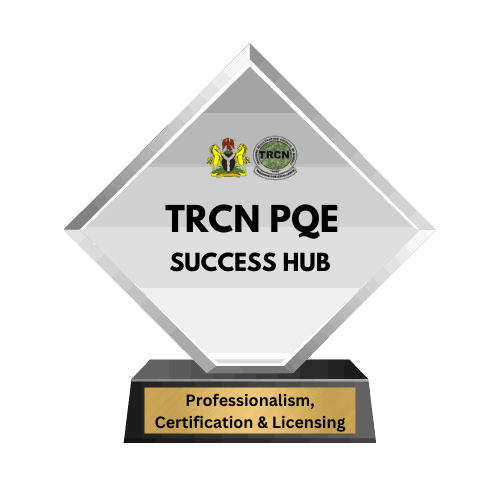6-5-2-3 System (Pre-1982)
This was Nigeria’s colonial-era model, influenced by the British system.
-
6 years of Primary Education
-
5 years of Secondary Education (including Teacher Training Colleges and Sixth Form)
-
2 years of Higher School Certificate (HSC) or Advanced Level
-
3+ years of Tertiary Education (Universities, Polytechnics, Colleges)
🔎 Key Features:
-
Heavily academic and elitist
-
Limited vocational or technical training
-
Not well-aligned with Nigeria’s socio-economic realities
6-3-3-4 System (Introduced in 1982/83)
This was a major reform aimed at making education more functional and skill-oriented.
-
6 years of Primary School
-
3 years of Junior Secondary School (JSS)
-
3 years of Senior Secondary School (SSS)
-
4+ years of Tertiary Education
Objectives:
-
Emphasize vocational and technical education at the JSS level
-
Prepare students for entrepreneurship or further academic pursuits
-
Introduce continuous assessment and diversified curriculum
Challenges:
-
Poor implementation due to lack of infrastructure and trained teachers
-
Inconsistent curriculum delivery across states
9-3-4 System (Launched in 1999 under UBE)
This structure emerged from the Universal Basic Education (UBE) initiative.
-
9 years of Basic Education (6 years Primary + 3 years JSS)
-
3 years of Senior Secondary School
-
4+ years of Tertiary Education
Why the Shift?
-
To ensure free, compulsory, and uninterrupted basic education
-
Align with global education standards (e.g., Education for All, MDGs/SDGs)
-
Reduce dropout rates and improve literacy
Notable Aspects:
-
Stronger focus on ICT, civic education, and life skills
-
Greater emphasis on inclusive education (e.g., for girls, nomads, and children with disabilities)
Comparison of Nigerian Education Systems
| System | Structure | Era / Policy Origin | Focus | Curriculum Implication | Teacher Training |
|---|---|---|---|---|---|
| 6-5-2-3 | 6 Primary, 5 Secondary, 2 HSC, 3+ Tertiary | Pre-1982 (Colonial Legacy) | Academic elitism, British influence | Theory-heavy, minimal vocational or civic content | Oriented toward subject mastery; limited pedagogical diversity |
| 6-3-3-4 | 6 Primary, 3 JSS, 3 SSS, 4+ Tertiary | 1982 National Policy on Education | Functional literacy, vocational training | Introduced continuous assessment; expanded subjects (e.g., intro tech, business studies) | Emphasized professional teacher education and retraining |
| 9-3-4 | 9 Basic (6 Primary + 3 JSS), 3 SSS, 4+ Tertiary | 1999 UBE Act & SDGs alignment | Access, equity, inclusive education | ICT integration, life skills, entrepreneurship, civic responsibilities | Broader focus on inclusive strategies, special needs education, ICT proficiency |
Trends in Curriculum Design and Pedagogy
-
Progressive Emphasis: From content-heavy models to learner-centered approaches.
-
Inclusivity: Shift to accommodate marginalized groups (e.g., girls, nomadic learners, children with disabilities).
-
Localization: Greater integration of Nigerian history, culture, and socio-political realities.
-
Competency-based Learning: Especially in the 6-3-3-4 and 9-3-4 systems, to enhance practical and entrepreneurial skills.
Impact on Teacher Education
The evolution prompted:
-
Expansions of Colleges of Education and faculties of education in universities.
-
Continuous professional development (CPD) systems via TRCN and UBE mandates.
-
Adaptation to digital pedagogy with emphasis on digital literacy, assessment reforms, and inclusive instruction.
